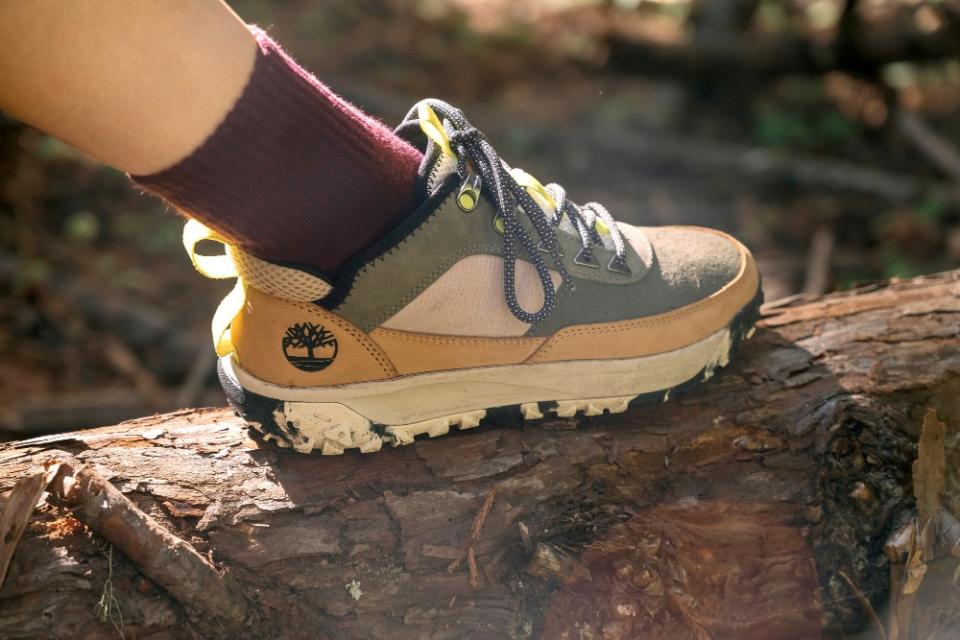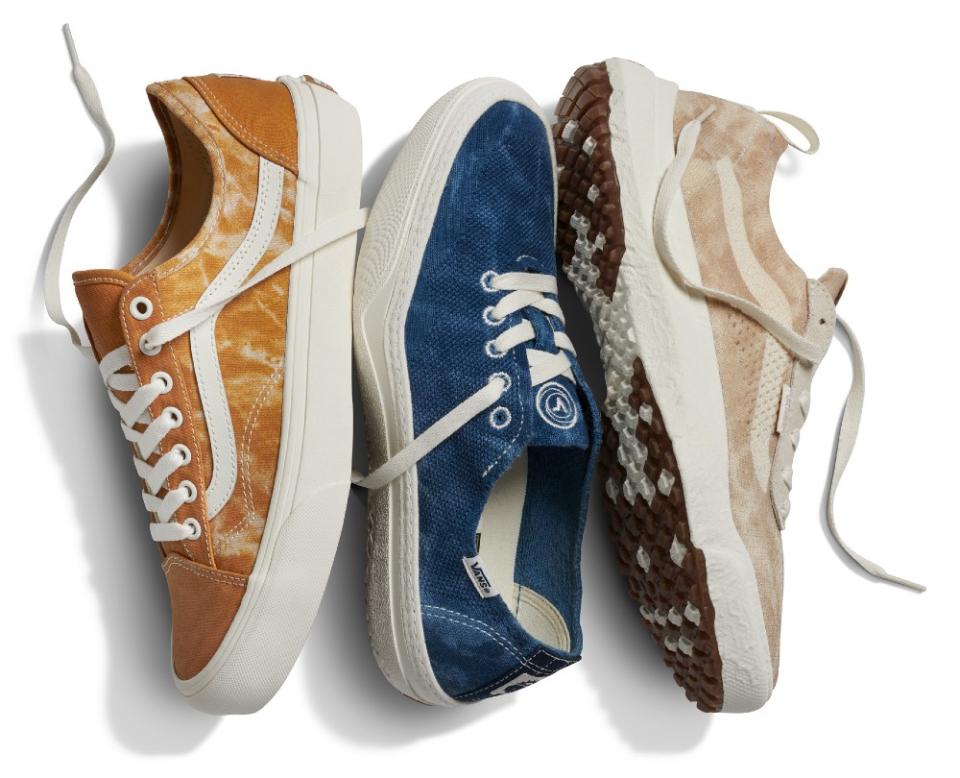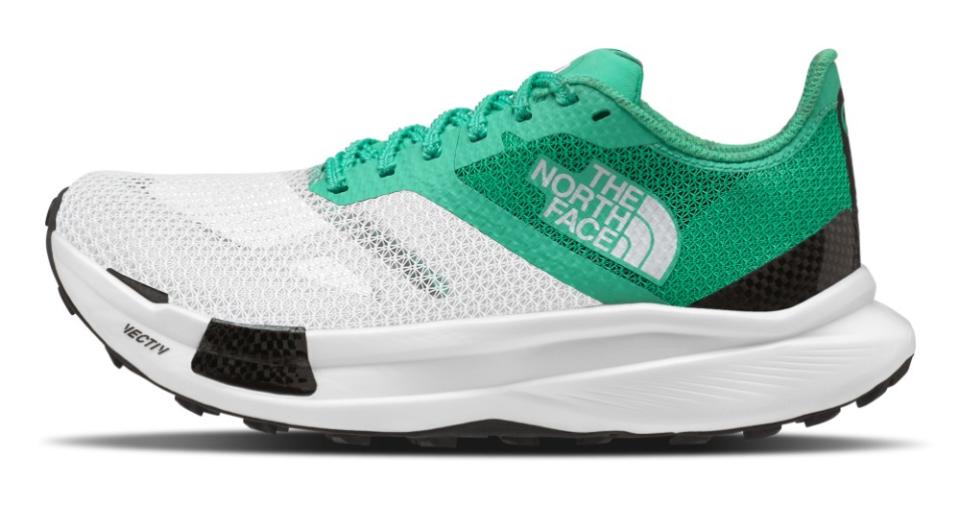Timberland, Vans and The North Face Rolling Out Regenerative Rubber Footwear This Year

The product of VF Corp.’s three-year-old regenerative rubber sourcing project is finally coming to market.
Several of the Denver-based lifestyle firm’s brands have announced the launch of new product lines made with natural, regenerative rubber sourced through VF’s pilot program in Thailand with Terra Genesis. The rubber is harvested through processes that support biodiversity, enhance water cycles, improve soil health and sequester carbon to improve the surrounding ecology.
More from Sourcing Journal
The partnership between VF and the regenerative development firm began in 2021, with Terra Genesis connecting the company with growers in Southeast Asia. “They have forged meaningful partnerships with innovative farmers around the world who are committed to producing positive impacts in their watersheds and their bio-regions through regenerative stewardship of farms, landscapes and communities,” VF vice president of global sustainability Jeannie Renne Malone told Sourcing Journal. Following a three-year pilot with VF, Terra Genesis has worked with farmers in Thailand to scale the production of regenerative rubber for use in VF’s portfolio.
“In terms of the history with VF, there was an early interest and commitment from Timberland,” Malone added. The brand was looking to advance its own sustainability goals by exploring regenerative, regionally sourced rubber, “and that first conversation blossomed into this robust and ongoing partnership” with the firm that grew into extended relationships with other brands, she said.

Earlier this spring, Timberland launched the Greenstride Motion 6 Hiker, an ankle-height boot with four-way traction, premium regenerative leather, a ReBOTL fabric upper made from recycled PET, Greenstride sugarcane-based sole and outsoles made with 55 percent regeneratively grown rubber. As part of its 50th anniversary activation in late March, Timberland also featured the Terra Genesis input in its collaboration with Edison Chen on the Future73 Timberloop 6-Inch Boot. It said 120 styles will incorporate regenerative rubber this year alone. “We began our regenerative sourcing journey in 2020 with leather, followed by cotton in 2021,” Timberland senior manager of environmental stewardship Meredith Lipnick said. “We’re incredibly excited to expand into rubber, one of our top materials.”
Vans in March launched its Circle Vee silhouette from the Surf VR3 Collection of environmentally preferred products. Footwear and apparel in the VR3 line is made with at least 30 percent regenerative, responsibly sourced, renewable or recycled materials. All of the rubber in the Circle Vee’s waffle outsole is regeneratively grown, and Vans plans to utilize the same waffle outsole in about 80 VR3 SKUs, topping 500,000 pairs, this season. “By sourcing regeneratively grown natural rubber, we are supporting farming practices that aim to restore natural forests and create thriving, biodiverse ecosystems,” senior sustainability manager Alyse Russel said.

Meanwhile, The North Face is gearing up for the fall launch of its first footwear containing rubber from the Terra Genesis program. Most of its SURFACE CTRL outsoles, comprising 10 percent of the outsole in styles like the Back-to-Berkeley boot, Hedgehog hiking boots and the new Summit VECTIV Pro sneaker, will include the regenerative rubber. Senior manager of global sustainability Carol Shu said that it was important that The North Face was able to “utilize this rubber in our SURFACE CTRL outsoles without compromising the traction performance on demanding terrains.” Widespread adoption of regeneratively grown materials “can help to move the retail industry beyond just ‘doing less bad’ into a space of having a more positive impact on nature and resources” Shu said said.
Having visited the regenerative rubber farms in Thailand herself, Malone said she observed “certain indicators of regenerative conversion,” from an increase in bees and mushrooms to “a sense of biodiversity from buzzing insects and birds.” From a farmer’s perspective, the shift to regenerative agriculture means better soil health and water cycles that create “a lush environment for the diverse growth of crops,” so they can expand beyond rubber to fruits, coffee and honey. “Their economic lifestyle was really dependent on rubber, and now it’s very much dependent on a multitude of crops,” she added.

Terra Genesis has developed its own verification system—Regenerative Outcome Verified (ROV)—for its rubber supply chain, providing insights to help with supply chain traceability and transparency. “It’s really important for us to be able to have access to data to understand what benefits and KPIs we can talk about to substantiate” efforts to promote regenerative agriculture, Malone said. Moving forward, VF aims to use regeneratively farmed rubber wherever possible. “The goal is to scale to additional brands if relevant, but certainly to see these three big brands start to use that regenerative natural rubber in additional products,” she said.
The regenerative rubber program adds to VF pilots working to regeneratively source wool, leather and cotton. Last year, the company made a significant investment in the Savory Institute’s strategic partnership with New Zealand Merino Company’s ZQRX wool platform, and joined the Soil Health Institute’s U.S. Regenerative Cotton Fund. Last month, it announced a new 500 million euros, or $529 million, green bond offering to fund projects that will support its commitment to source 100 percent of its top nine materials from regenerative, recyclable or renewable sources by 2030.
VF’s “roadmap” for reaching the science-based targets it set in 2017 includes a significant focus on material substitution, “knowing that 70 of our impacts come from raw material extraction, processing and production,” Malone said. “We’re really leaning in on regenerative agriculture, knowing that it’s one of our key opportunities.”

